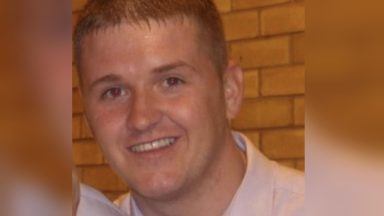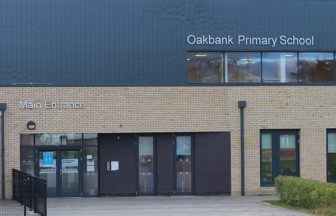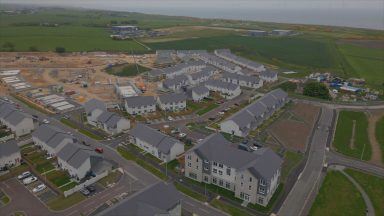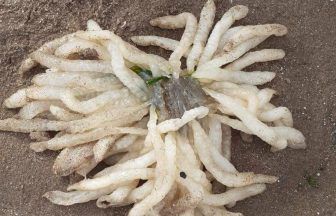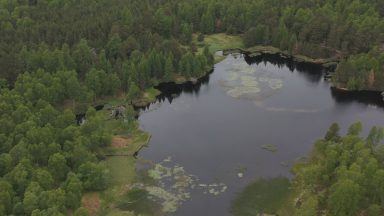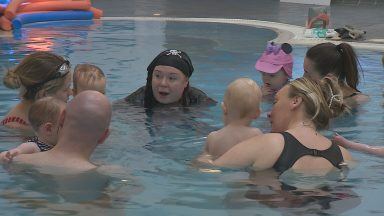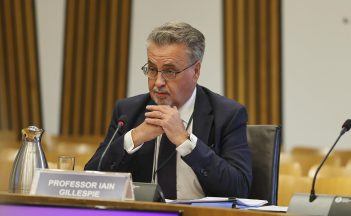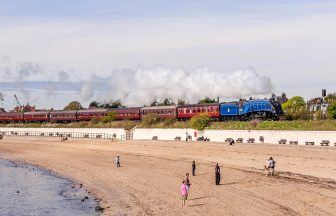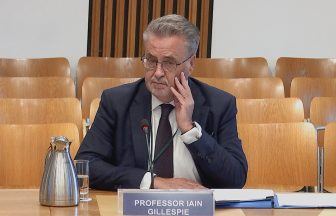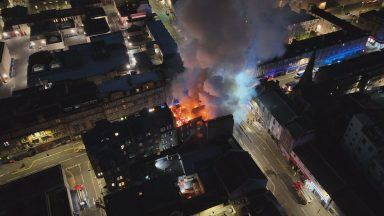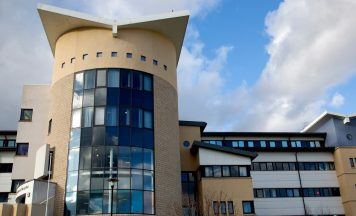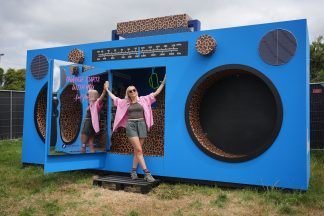The Scottish Environment Protection Agency (SEPA) has confirmed that Dalgety Bay will reopen to the public for the first time since 2011.
SEPA said they are “satisfied” with the remediation work carried out by the Defence Infrastructure Organisation (DIO) and Balfour Beauty.
Rock armour around the headland was replaced and a replacement slipway for the Dalgety Bay Sailing Club was installed to ensure that higher activity sources are no longer being eroded and washed onto the beach, preventing public access to the remaining contamination.
SEPA confirmed that around 6,500 particles, mostly low activity, have been removed and that Fife Council have agreed to take on the ongoing maintenance of the rock armour to ensure lasting effectiveness.
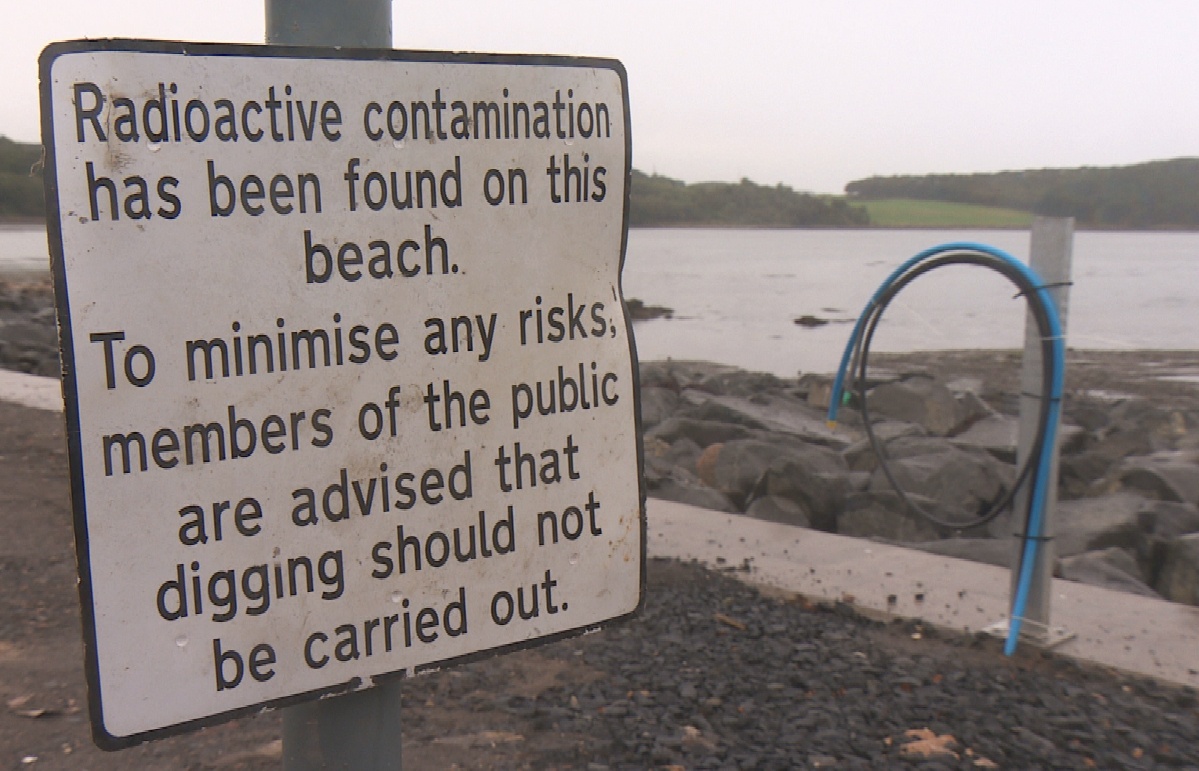 STV News
STV NewsCouncillor Altany Craik, Fife Council spokesperson for finance, economy and strategic planning, said: “I’m so pleased the beach at Dalgety Bay will finally be back in use for the public after such a long time. The community has been very patient through all this disruption and I’m delighted that they can finally enjoy the area again.”
Radioactive material was first detected on Dalgety Bay foreshore in 1990.
SEPA established that the contamination originated from the residue of radium-coated instrument panels of military aircraft that were burned and buried at the end of World War II.
A spokesperson for SEPA said: “Investigation works carried out by SEPA identified several caches of particles with the largest contained within the headland at Dalgety Bay Sailing Club.”
Professor Paul Dale, unit manager of SEPA’s radioactive substances team, said: “The completion of this work is significant for Dalgety Bay and for Scotland’s environment.
“SEPA have been clear in our requirements that remediation would be done once, and it would be done right – providing a permanent and positive resolution for the communities who lived with the environmental legacy of Second World War radium contamination for several decades.
“There are many people in SEPA, myself included, who have been working for many years to deliver this outcome.
“The journey to successful remediation was only possible because SEPA, Fife Council DIO continued to work constructively together with a range of partner organisations, scientific experts including COMARE and UKHSA and, most importantly, the local community.”
Follow STV News on WhatsApp
Scan the QR code on your mobile device for all the latest news from around the country


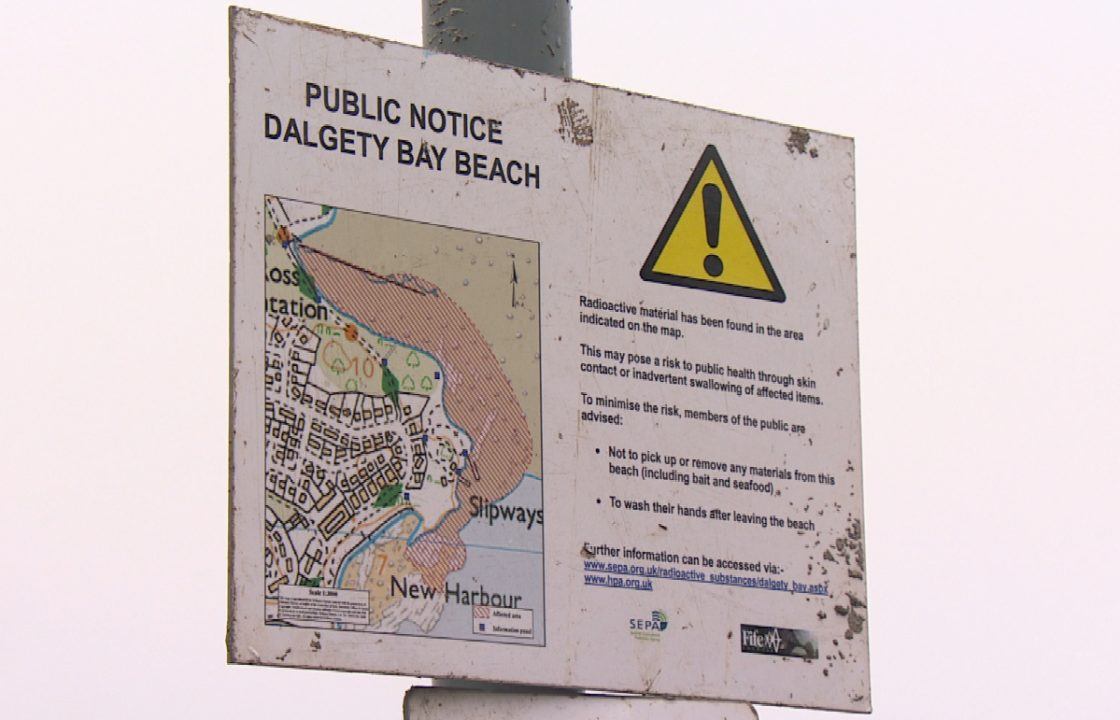 STV News
STV News